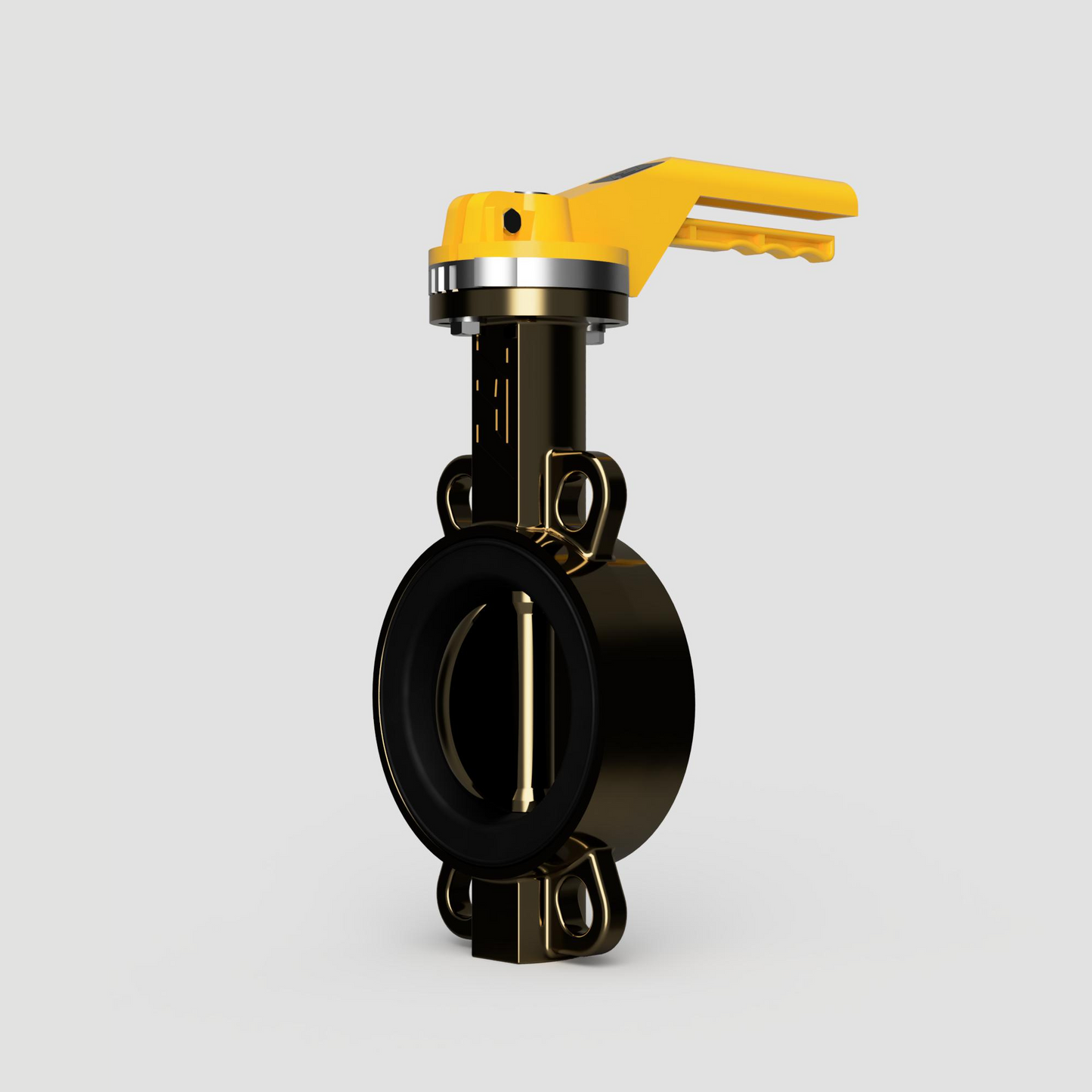Wras Valves
TTV Aluminium Bronze Wafer TTV Butterfly Valves
TTV Aluminium Bronze Wafer TTV Butterfly Valves
Couldn't load pickup availability
⚠️ Now Fully WRAS Approved – Valve & EPDM Seat
TTV Aluminium Bronze Wafer Butterfly Valves with EPDM Seat
The TTV Aluminium Bronze Wafer Butterfly Valve is now fully WRAS approved, covering both the EPDM seat and the entire valve assembly. Designed for dependable shut-off and flow control, this valve combines a corrosion-resistant aluminium bronze disc with a resilient, WRAS-certified EPDM seat — making it a fully compliant solution for potable water applications.
Ideal for water treatment, general industrial use, and non-aggressive media, this valve delivers excellent performance in compact systems thanks to its wafer pattern design. Easy to install and maintain, it’s a trusted choice across a wide range of pipeline setups.
Key Features
- WRAS Approved Valve & EPDM Seat – Certified for use with drinking water
- Aluminium Bronze Disc – Provides corrosion resistance and long service life
- Wafer Pattern Design – Lightweight and space-saving installation
- Blow-Out Proof Shaft – Enhances safety in pressurised systems
- Full 360° Disc Rotation – Ensures effective flow regulation
- Low Operating Torque – Perfect for manual or automated actuation
- ISO 5211 Mounting Pad – Ready for actuator integration
A robust, compliant solution for engineers and installers needing a certified valve for potable water and beyond. With WRAS approval across the complete unit, this valve delivers confidence, reliability, and value.
Share

FAQ's
What is the difference between a valve and an actuator?
What types of actuators are available?
The main types of actuators are:
Pneumatic actuators – use compressed air for fast, reliable operation.
Electric actuators – use electrical power for precise control.
Hydraulic actuators – use fluid pressure for high-torque applications.
Each type offers unique advantages depending on the environment, media, and system control needs.
How do I choose the right actuator for my valve?
To select the correct actuator, consider:
Valve type and torque requirement
Power source available (air, electric, or hydraulic)
Operating environment (temperature, humidity, hazardous area)
Control signal type (on/off or modulating)
Matching actuator torque and compatibility with the valve’s ISO mounting ensures reliable performance.
What are the main types of valves used in automation?
The most common valves in automated systems include:
Ball valves – for tight shutoff and quick operation.
Butterfly valves – for larger flow control with compact design.
Globe valves – for precise throttling and flow regulation.
Check valves – to prevent backflow.
Gate valves – for full bore flow isolation.
What’s the difference between a double-acting and spring-return actuator?
Double-acting actuators use air (or power) to both open and close the valve.
Spring-return actuators use air to open (or close) the valve, and a built-in spring to automatically return it to a safe position when power or air is lost — ideal for fail-safe operation.
How often should valves and actuators be serviced?
Regular maintenance intervals depend on operating conditions, but a good rule of thumb is to inspect every 6–12 months.
This includes checking for leaks, lubrication, seal wear, and actuator responsiveness to prevent unexpected downtime.

